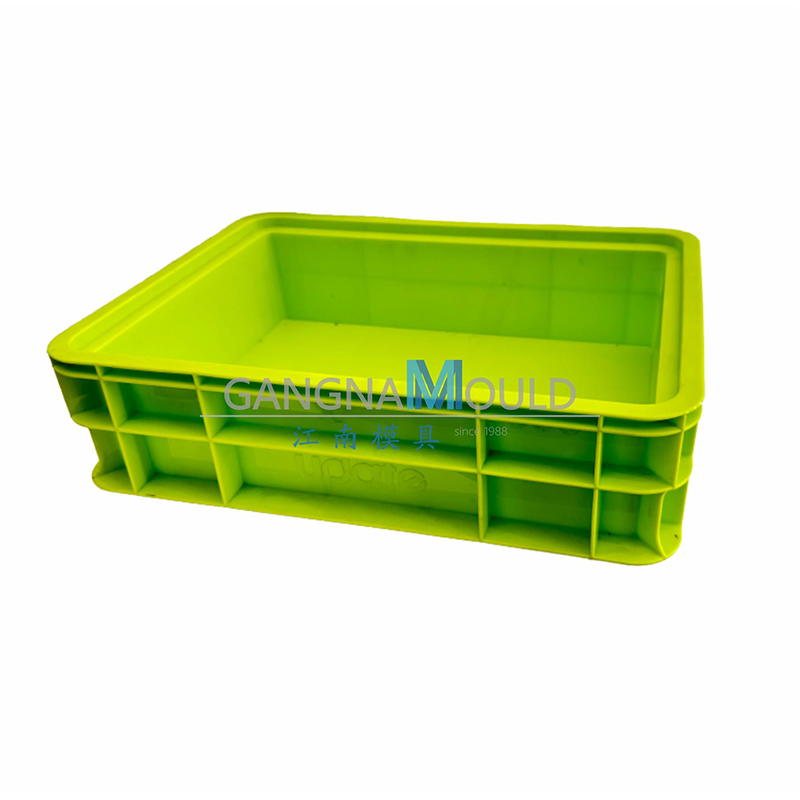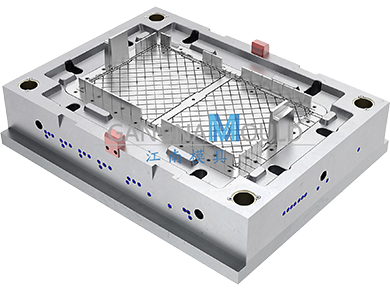Warehouse Stackable Box Mould Design and Production Guide
Warehouse Stackable Box Mould plays a significant role in modern storage and logistics solutions. As industries increasingly rely on efficient space utilisation and organised inventory management, the demand for high-quality storage containers has grown. Stackable boxes provide a practical solution, and the moulds used to produce these boxes are crucial for ensuring durability, uniformity, and functionality.
A warehouse stackable box mould is designed specifically for manufacturing plastic containers that can be easily stacked without compromising stability. The design process of these moulds involves careful consideration of box dimensions, wall thickness, load-bearing capacity, and interlocking features. By optimising these aspects, manufacturers can produce boxes that maximise storage space while maintaining structural integrity.
Typically, these moulds are made using high-grade steel or other durable materials capable of withstanding repeated injection cycles. The mould cavity is precision-engineered to form boxes that are uniform in size and shape, ensuring that they fit neatly when stacked. Attention to detail in the mould design is essential because even minor deviations can affect stacking stability and load distribution.
The production process using a stackable box mould generally starts with plastic injection moulding. Thermoplastic materials, such as polypropylene or polyethene, are commonly used due to their strength, flexibility, and resistance to wear and chemicals. The plastic is melted and injected into the mould cavity under high pressure. After cooling, the box is ejected from the mould and inspected for quality. Modern moulds may include features like multiple cavities to produce several boxes in a single cycle, enhancing production efficiency.
One of the key advantages of using precision-engineered warehouse stackable box moulds is consistency. Every box produced has identical dimensions and weight, which is essential for smooth stacking and uniform handling during storage or transport. The moulds can also be designed with reinforced corners and interlocking mechanisms to enhance stability when boxes are stacked in tall or heavy-load arrangements.
In addition to structural quality, stackable box moulds allow for customisation. Manufacturers can incorporate features such as vent holes, handles, or textured surfaces directly into the mould design. These features improve usability, facilitate airflow for stored items, and enhance grip during manual handling. Furthermore, the mould can be adapted for different sizes and load capacities depending on warehouse requirements, making it a versatile tool for various storage solutions.
Maintenance of warehouse stackable box moulds is essential to ensure long-term performance. Regular cleaning, inspection, and lubrication help prevent wear and maintain the precision of the mould cavities. A well-maintained mould reduces the likelihood of defects in the final products and prolongs the lifespan of the mould, ultimately reducing production costs.
In conclusion, the warehouse stackable box mould is a vital component in the production of high-quality storage containers. By enabling the creation of uniform, durable, and customizable boxes, these moulds support efficient warehouse management and improve operational workflows. As storage and logistics continue to evolve, the role of precise and reliable stackable box moulds becomes increasingly important for industries aiming to optimise space, maintain organisation, and ensure the safe handling of goods.




 English
English русский
русский Español
Español Français
Français عربى
عربى 简体中文
简体中文




